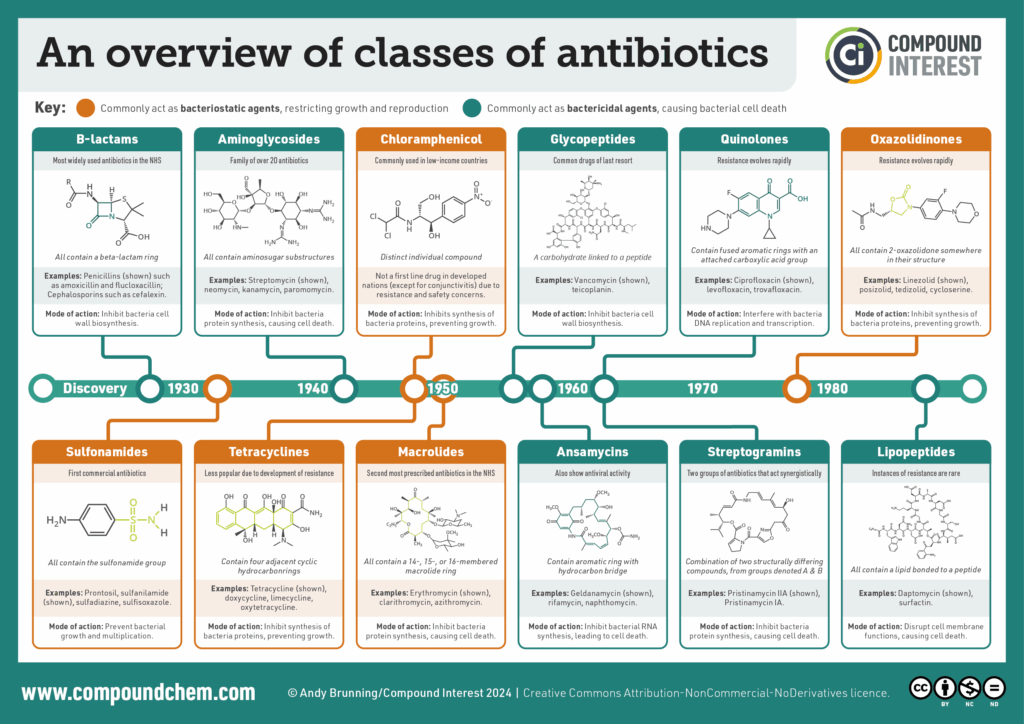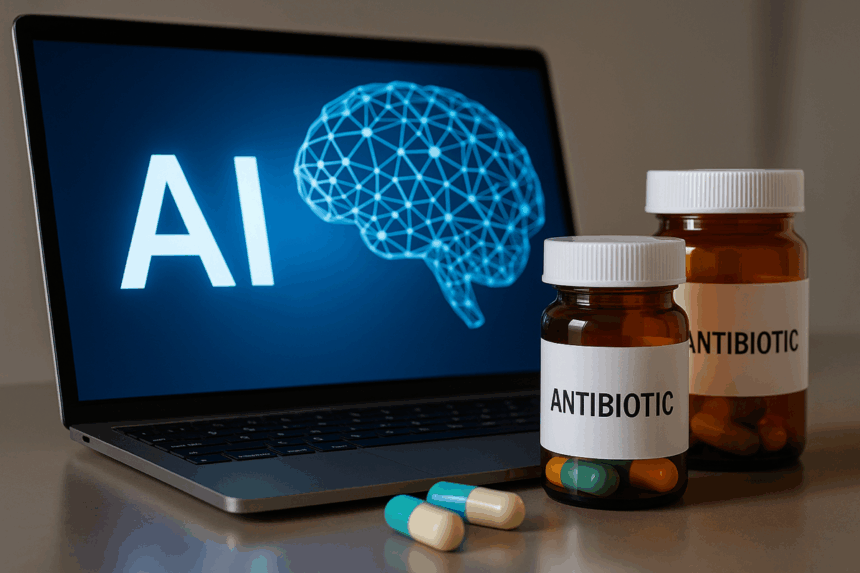Artificial intelligence is stepping into the fight against deadly drug-resistant infections — and it may be on the verge of changing modern medicine. Researchers at the Massachusetts Institute of Technology (MIT) have successfully used generative AI to design two promising antibiotic candidates that target gonorrhoea and MRSA.
These potential drugs, crafted atom-by-atom, have already passed early lab and animal tests. While years of refinement and trials lie ahead, the development hints at a new era in AI-driven drug discovery.
What’s Happening & Why This Matters
AI Builds Antibiotics From Scratch
For decades, antibiotic development has stagnated. Overuse has fueled the rise of superbugs — bacteria resistant to conventional treatments — causing over a million deaths annually worldwide. Traditional methods often involve screening thousands of existing chemicals for potential antibiotic properties.
The MIT team took a different path. Using generative AI, they trained models on the chemical structures of known compounds and their effects on bacterial growth. The AI then learned how molecular structures — built from elements like carbon, oxygen, hydrogen, and nitrogen — influence bacterial vulnerability.
Two approaches powered the design:
- Starting from millions of chemical fragments, each 8–19 atoms in size.
- Giving the AI complete creative freedom to imagine new molecular structures.
Notably, the system avoided similarities to current antibiotics, filtered out toxic designs, and ensured the molecules served medical purposes.
From Concept to Candidates
The AI’s designs targeted drug-resistant gonorrhoea and methicillin-resistant Staphylococcus aureus (MRSA) — both major public health threats. MRSA, while often harmless on the skin, can cause severe infections if it enters the body.
Once synthesized, the leading candidates were tested in the lab and on mice. The result: two entirely new antibiotic compounds capable of killing these superbugs.
“We’re excited because we show that generative AI can be used to design completely new antibiotics,” said Prof. James Collins of MIT. “This approach lets us expand our arsenal and gives us an advantage in the battle against resistant bacteria.”

The Road to Real-World Application
The potential breakthrough comes with caveats. These drugs are not ready for clinical trials. Refinement is expected to take one to two years before human testing can even begin.
Experts like Dr. Andrew Edwards of Imperial College London call the work “enormous in potential,” but stress the need for rigorous safety and efficacy trials. Prof. Chris Dowson of the University of Warwick also points out the economic challenge: new antibiotics must be used sparingly to preserve effectiveness, making them less commercially attractive.
Manufacturing is another hurdle. Out of 80 AI-designed gonorrhoea treatments, only two could be synthesized.
TF Summary: What’s Next
If these AI-designed antibiotics progress through trials, they could mark the first wave of a new generation of drugs that keep pace with bacterial evolution. Next steps involve refining the molecules, ensuring safety, and overcoming manufacturing and economic barriers.
If successful, AI could usher in a “second golden age” of antibiotic discovery. New antibiotics arm healthcare systems worldwide with tools to combat the deadliest infections known to medicine.
— Text-to-Speech (TTS) provided by gspeech


